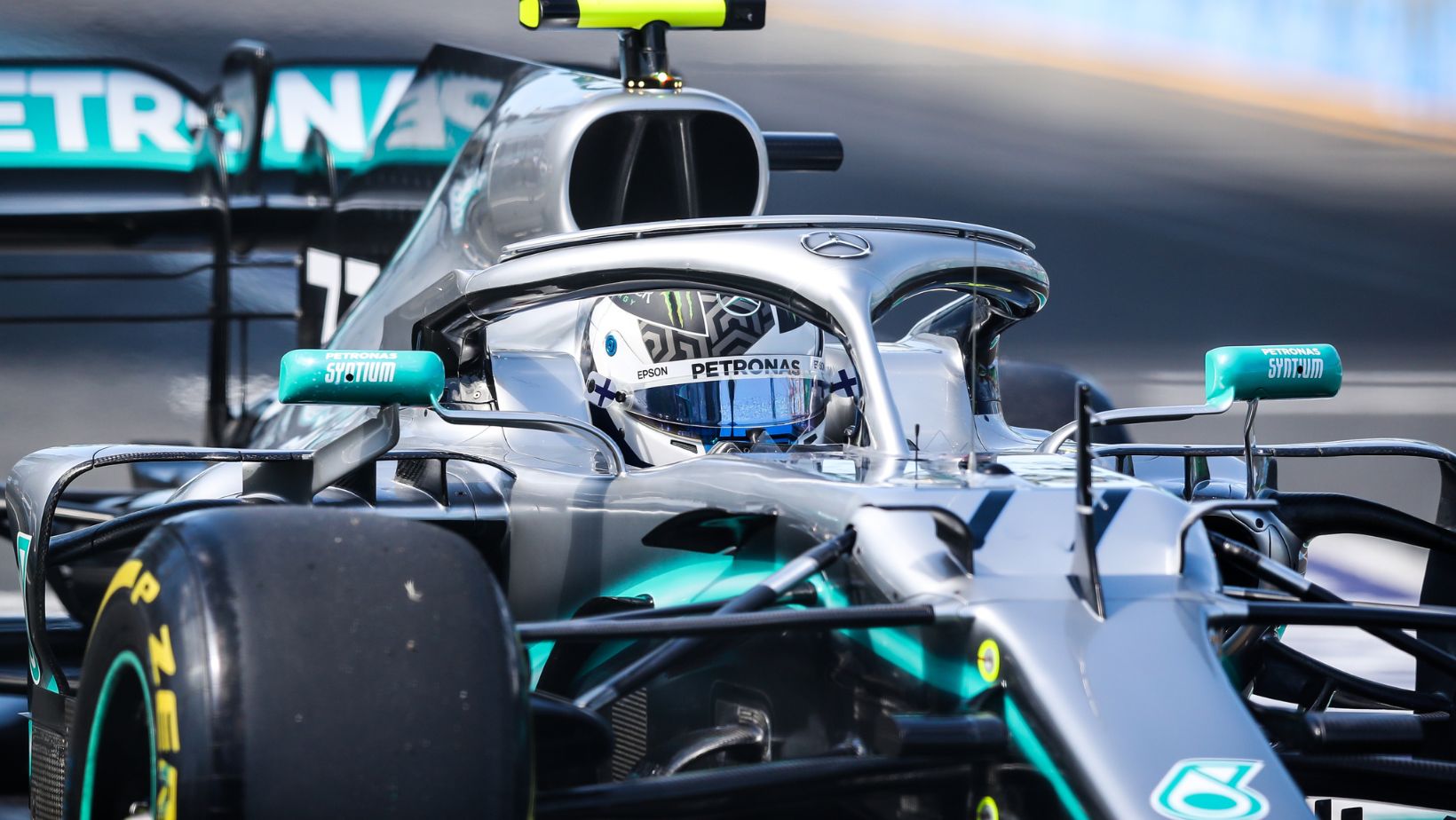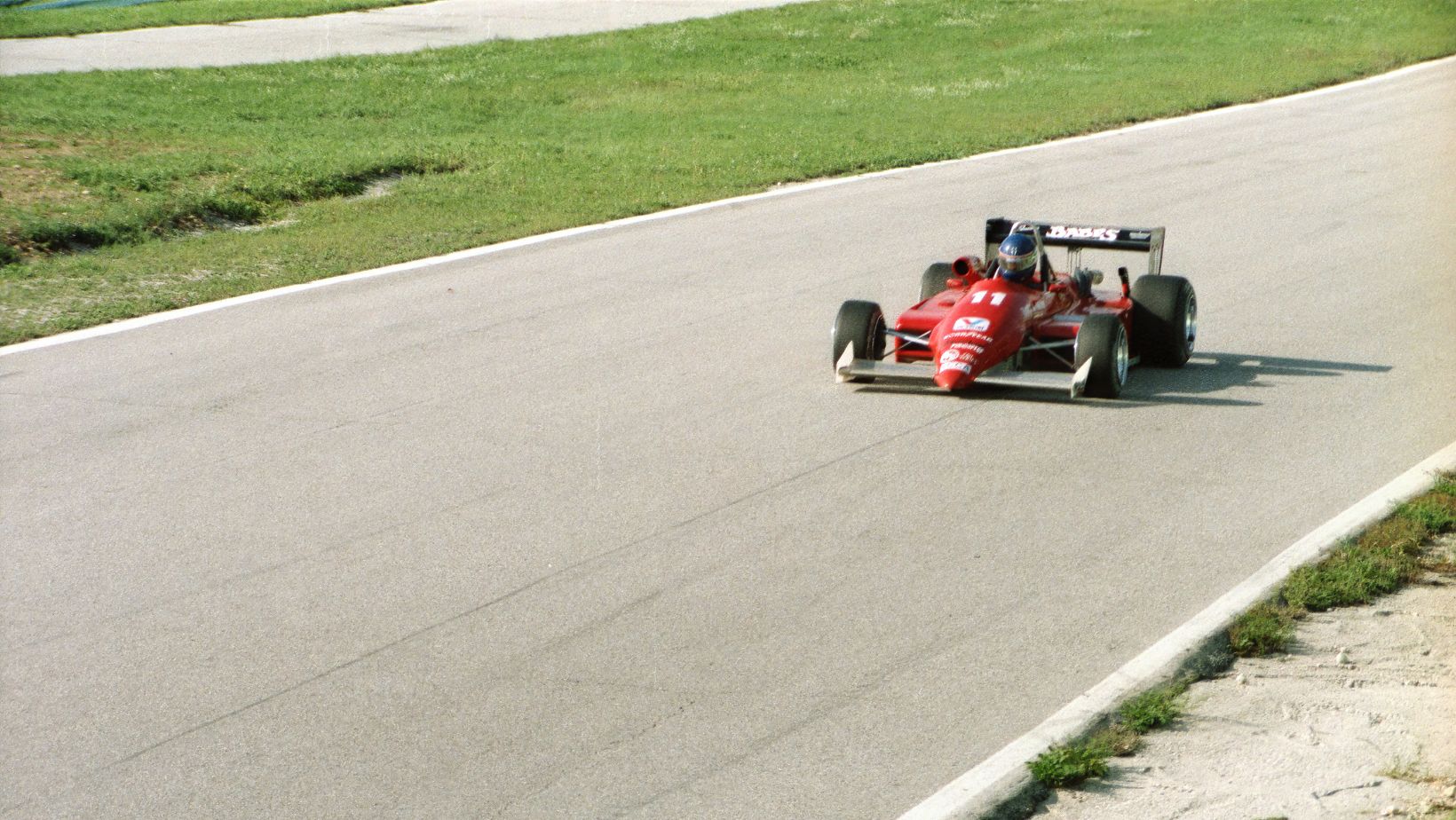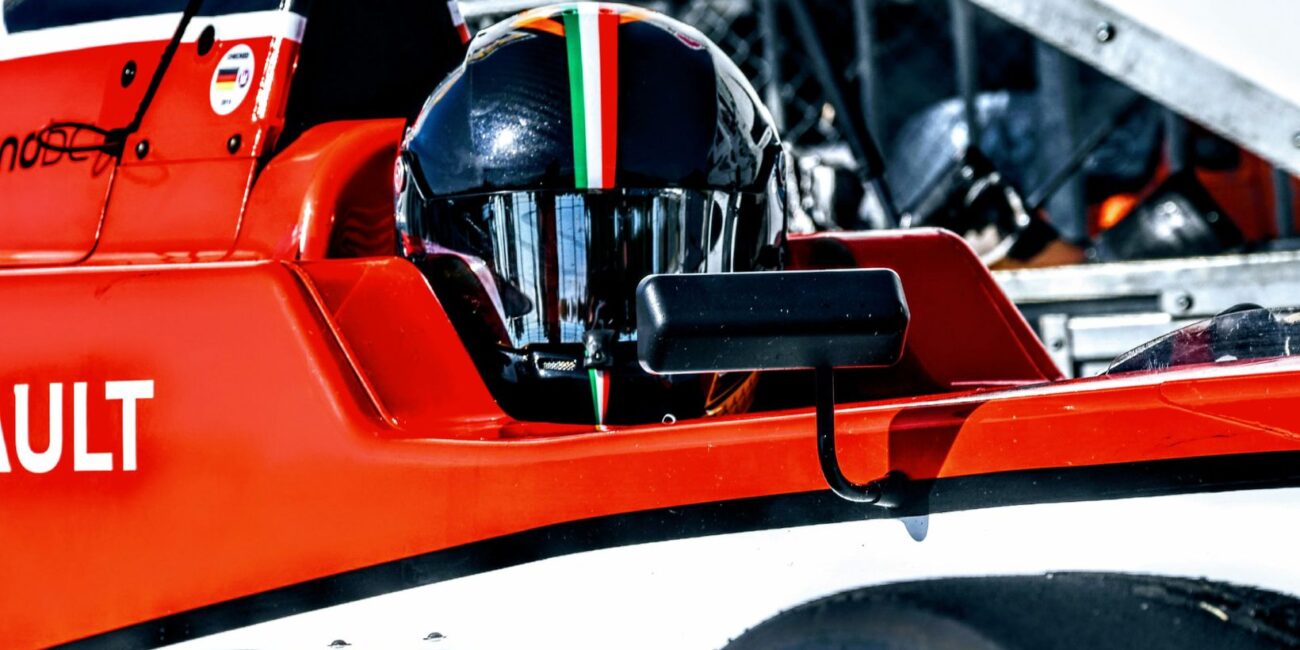Did you know that modern F1 cars generate over 300 GB of telemetry data during a single race? If you take a close look at that data, you’ll quickly discover that analyzing driver performance isn’t just about lap times but also about understanding the intricate details hidden within sensor data. Telemetry provides an unprecedented window into a driver’s technique, revealing millisecond-by-millisecond insights into throttle control, braking precision, and cornering strategies.
By examining these complex datasets, you can uncover the subtle differences that separate good drivers from exceptional ones. To understand how data allows champions to truly distinguish themselves on the track – read on.
Key Takeaways
- Compare driver speed profiles and track sector times to identify precise performance differences and potential technique improvements.
- Analyze throttle and brake data to evaluate driver smoothness, power delivery consistency, and cornering efficiency.
- Examine steering angle and G-force metrics to understand driver handling skills and vehicle control capabilities.
- Track real-time tire wear and temperature data to assess driver management of energy conservation and performance strategies.
- Review instantaneous acceleration and deceleration patterns to pinpoint opportunities for optimizing racing line and mechanical efficiency.
Decoding Telemetry Data Fundamentals
In Formula 1, telemetry data is the lifeblood of performance analysis, providing teams with an unprecedented level of insight into every nuanced aspect of a race car’s behavior. Sensor Network Architecture ensures comprehensive data capture across the vehicle’s critical systems.
A closer look at sensor network architecture will reveal that each car is equipped with 150 to 300 sensors capturing critical information across multiple systems, from engine performance to suspension status. These sensors transmit data wirelessly at 1.5 GHz, encrypted and received in the team’s garage with mere milliseconds of delay.

For fans eager to track the latest developments and insights, F1 season updates at FanDuel offer a great way to stay informed about evolving race dynamics and team strategies. The Electronic Control Unit (ECU) temporarily stores raw data before transmission, which is then distributed across an Ethernet-based network to configured PCs. Using specialized tools like McLaren’s ATLAS, teams can view and analyze this real-time data, translating complex sensor readings into actionable insights that can make the difference between victory and defeat.
Key Performance Metrics Explained
While telemetry data provides the raw foundation of Formula 1 performance analysis, understanding key performance metrics transforms those complex sensor readings into actionable racing intelligence.
Fans will want to focus on vital metrics like speed, throttle position, brake pressure, and tire performance to reveal deep insights into driver and vehicle capabilities. Speed data reveals the car’s real-time performance potential, helping the team optimize aerodynamics and setup choices. Throttle position metrics show how effectively the car and driver are managing power delivery and traction, while brake pressure and temperature readings highlight deceleration strategies. Tire performance metrics are fundamental for understanding grip levels, wear patterns, and their impact on strategic decisions like pit stop timing.
Advanced Driver Technique Analysis
Because Formula 1 racing demands extraordinary precision, advanced driver techniques represent the critical difference between competitive performance and championship-level excellence.
Drivers must master cornering techniques to optimize their racing lines, with data playing a crucial role in managing understeer through strategic weight transfer and front wing adjustments. Calculating braking approaches using precise reference points is essential for maximizing speed while avoiding wheel lock-up. Additionally, understanding how aerodynamic complexities affect slipstreaming and braking strategies can significantly impact the team’s overall strategy. Ultimately, data underpins every decision made both on and off the track, guiding drivers to enhance their performance and achieve better results.
Telemetric data becomes a strategic ally, providing insights into potential improvements in driving techniques. The best drivers don’t just react—they anticipate, using every technical nuance and data point to gain milliseconds of advantage during each segment of the race.
Real-Time Strategy and Insights
During high-stakes Formula 1 races, real-time strategy hinges on instantaneous interpretation that can make or break a team’s performance. While telemetry data transforms raw numbers into actionable insights for race decisions, understanding Formula 1 odds adds another layer to strategic planning.
Engineers monitor live car metrics, tracking tire wear, and engine temperatures, while strategists predict ideal pit stop windows within milliseconds. Drivers receive instant feedback on driving technique and mechanical health, and team principals adjust race strategy based on real-time competitive dynamics.

You too can benefit from this data, with an expert-level knowledge of F1 telemetry and a grasp of Formula 1 odds, you’re in a position to dive deep into the strategies of F1 teams and predict potential mechanical failures, anticipate competitor strategies, and make informed decisions about potential race outcomes.
Visualizing Driver Performance Patterns
Formula 1 teams drill down into driver performance by breaking out sophisticated visualization techniques that transform raw telemetry data into insightful performance patterns provided in a graphical format.
By analyzing this data, you’ll discover how these visual analyses reveal critical insights across speed, throttle, braking, and cornering domains.
Plotting speed profiles against track distance, you can also instantly compare drivers’ performance characteristics. Speed sector comparisons highlight individual strengths and weaknesses, while throttle and brake usage charts expose nuanced driving techniques. Steering angle and G-force visualizations shed further light on driver styles and car handling capabilities.
These performance pattern visualizations aren’t just graphics—they’re strategic tools that enable teams to optimize driver performance, refine racing strategies, and gain competitive advantages through data-driven insights.
A Symphony of Technology
You’re peering into the driver’s soul through telemetry data, where every millisecond tells a story of speed and precision. Like a conductor orchestrating a symphony of technology, you’ll transform raw sensor information into strategic insights. By mastering these analytical techniques, you’ll reveal the hidden potential within each driver’s performance, turning data points into competitive advantages that can make the difference between victory and being first to the checkered flag.



